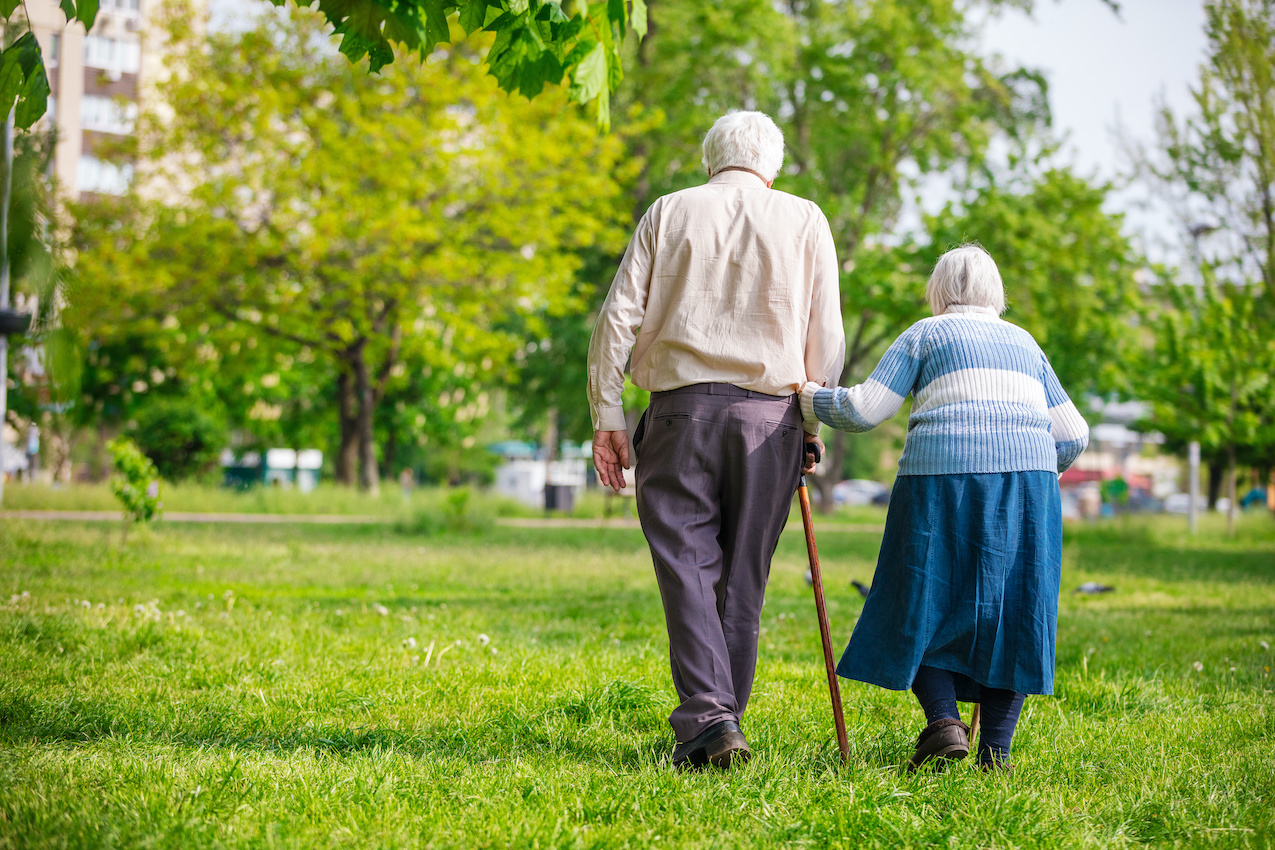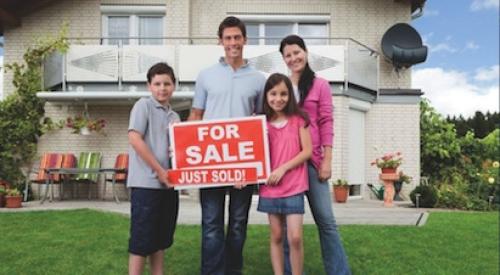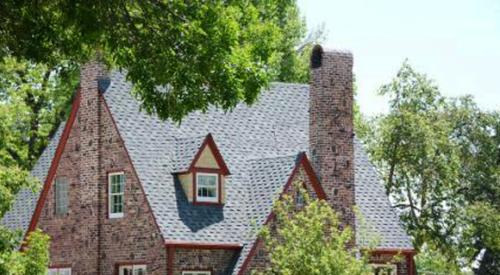A new AARP and Harvard Joint Center for Housing Studies report found most older adults do not reside in livable communities, and there are large gaps in who can access these communities. AARP rates neighborhoods based on its livability index, which takes being a homeowner or renter, whether they have a disability, by race/ethnicity, and income into account. The livability index finds key aspects of the built, economic, and social environments in a community that contribute to well-being and measures to what degree those aspects are present. The study found renters and older Asian adults are most likely to live in a livable neighborhood.
Using data from the Index and the American Community Survey, the new report finds that renters and Asian older adults are more likely to live in high livability neighborhoods while homeowners, middle-income households, older adults with disabilities, and white older adults are more common in places of low livability. Shares of Black and Hispanic older adults hold steady across neighborhoods of all levels of livability.
However, even America’s most livable communities are not necessarily livable for the same reasons, and access to neighborhoods with the most livable features is uneven. For example, renters, Hispanic, and Black older adults are overrepresented in neighborhoods with high scores for housing, amenities, and transportation, but homeowners and white older adults are overrepresented in places with high scores for opportunity, engagement, and environment. Both older renters and lower-income owners are less common in places with the highest scores for health.












